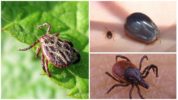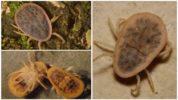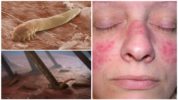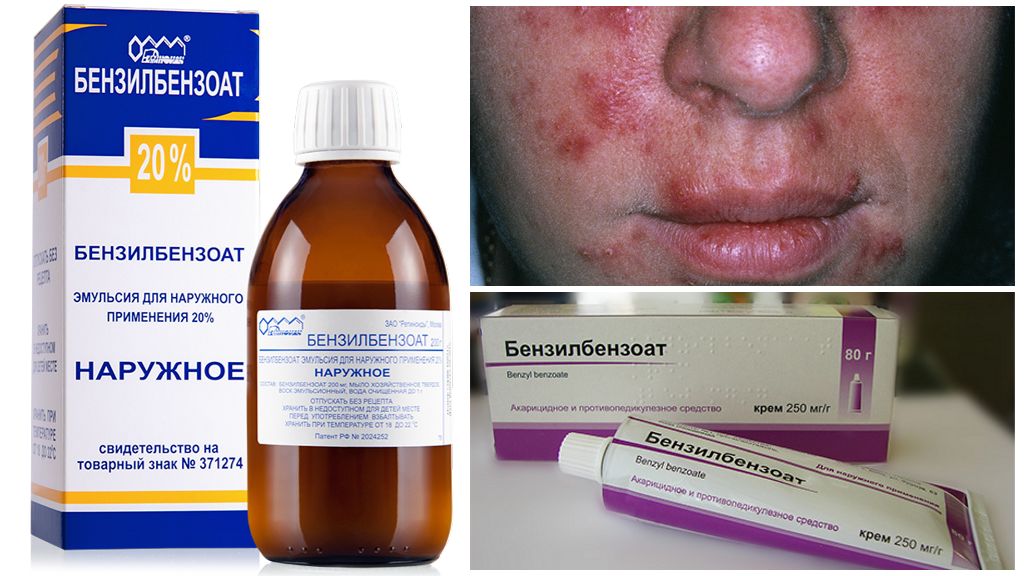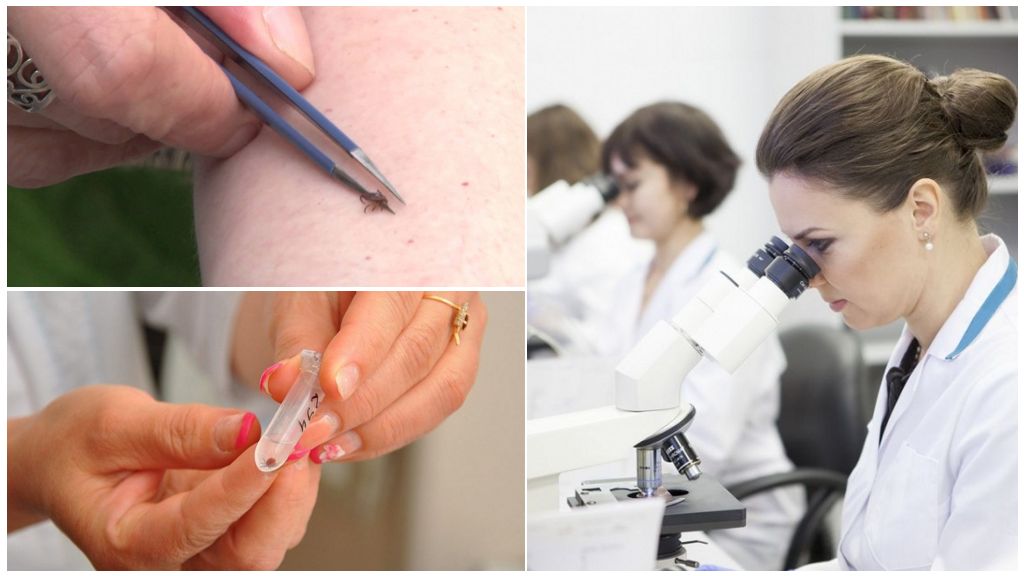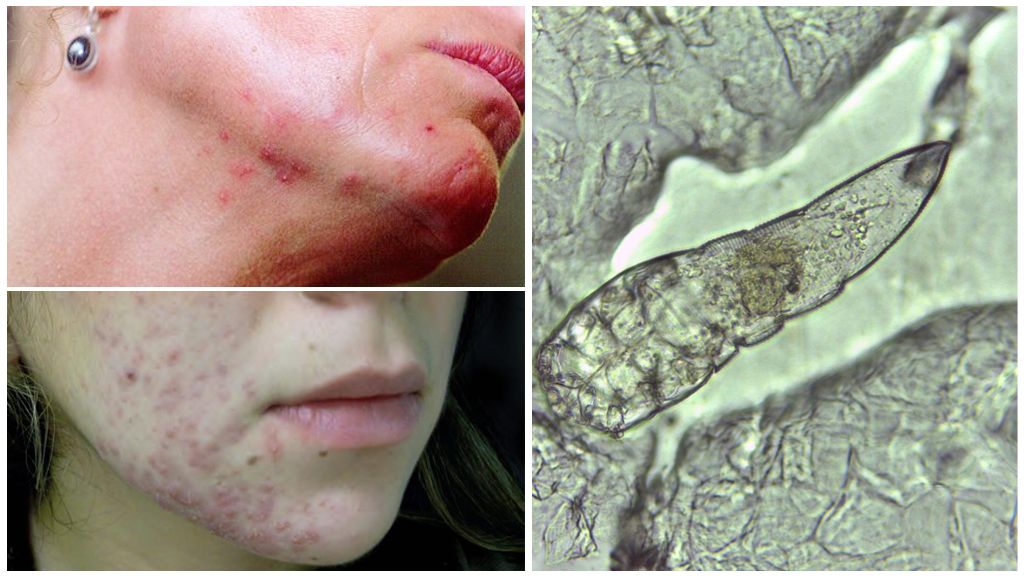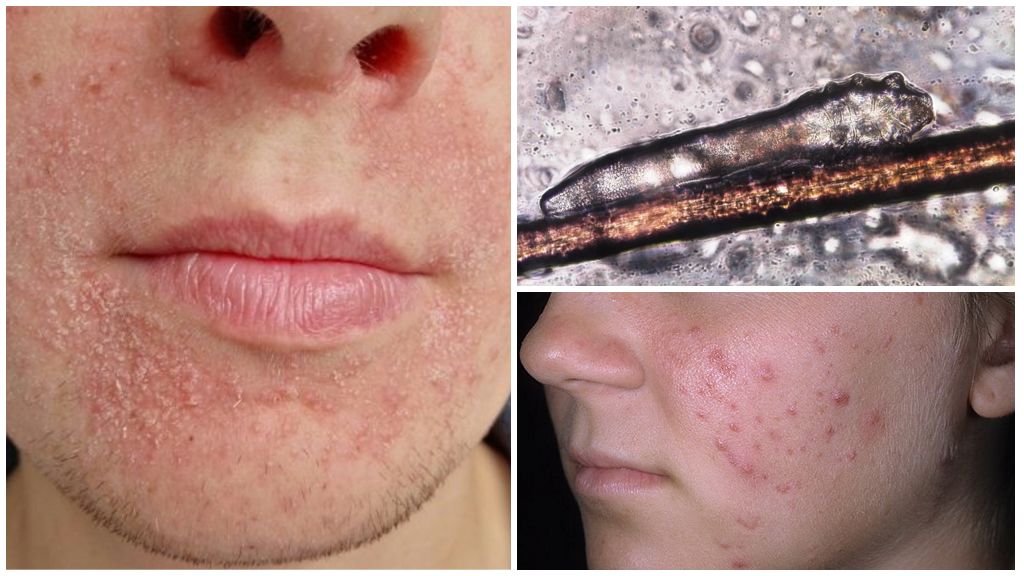- Ixodid ticks
- Argas Mites
- Initial signs of tick-borne diseases
- Ironhead acne
Among thousands types of ticks only representatives of the three groups are capable of causing significant harm to humans. The danger of ticks of the ixodic and argas groups is that they can transmit to a person incurable diseases that affect the central nervous system. Three more species can be classified as arachnids with an average degree of danger. The remaining species are ticks that are harmless to humans. But some of the latter may turn out to be garden pests.
What are ticks dangerous to humans?
Almost all arachnids that can harm a person belong to the group ixodid ticks, which is cosmopolitan in the field of nutrition and in the process of development from larva to imago drink the blood of various animals, including humans.
On a note!
In each of its life cycles, the tick drinks blood only once, which slightly reduces the level of danger, but does not eliminate it at all. The causative agents of the most dangerous infections are able to remain in the body of the arthropod throughout its life. A encephalitis also passed on to the next generation.
Eating in nature on animals, ticks with blood absorb pathogens. In the next phase of development, if a tick feeds on humans, infection occurs through arachnid saliva. Since the main blood-sucking parasites are ixodic, these arthropods are rightly called the most dangerous mites in the world. Any kind of ixodic can transmit borreliosisencephalitis and ehrlichiosis.
Ixodidae species and habitats
It is easy to distinguish a non-dangerous tick from a dangerous ixodid tick. At the word "tick" we all imagine ixoda, thinking little about other body forms in these arthropods. In all ixodidae, in the starvation state, the egg-shaped body shape with a sharp tip at the front end. The most dangerous representatives of this family are taiga (forest) and dog ticks. The last sight was met even by a person who never left the city. Dog - a long synanthropic species, breeding in the dark and wet corners of human buildings. That they are hanging in clusters in the summer on stray dogs. But ticks hanging on animals can no longer be dangerous to humans if this is the last stage of development, and arthropods feed before laying eggs. A larva or nymph falling off an animal becomes dangerous at the next stage of development.

The color of the ixodic can be different:
- Canine: the male is covered with a dark brown shiny shield; a gray abdomen peeps from under the shield from the female. It lives everywhere.
- Taiga: a red abdomen peeks out from under the brown shield. Forest habitat with undergrowth.
- Lugovoi: all species in this group have a white pattern on their backs. Prefers grassy biotopes.
- Amblyoma: a white spot in the middle of the brown back, white stripes on the legs. It lives in tropical areas.
- Dermacenter looks like a dog, but a whitish chest. It lives throughout Eurasia.
- Hyalomma brown with striped, brownish-yellow legs.Prefers deserts and semi-deserts of Central and Central Asia, North Africa, the Middle East. It is found in Europe.
On a note!
The ixodidae family has 650 species. All of them cannot be specified. Therefore, if an arthropod is noticed on the body or clothing, similar to those shown in the photo of ticks dangerous to humans below, the spider must be urgently disposed of.
Argasovye
12 species from Argas family attack a person. Representatives of the family have an oval body shape with legs partially hidden under the carapace. Persian tick is often confused with a bug due to the similarity of appearance. But the bug has a chitinous cover, argazid has a soft leathery shell.
Argas saliva is toxic. Bites cause itching and rash on the human body. What mites are the poisonous species of Ornithodorus coriaceus can be understood from the fact that the Mexican population is afraid of the bites of this bloodsucker as well as rattlesnakes. But this species lives on the North American continent and can be encountered only on a tourist trip.
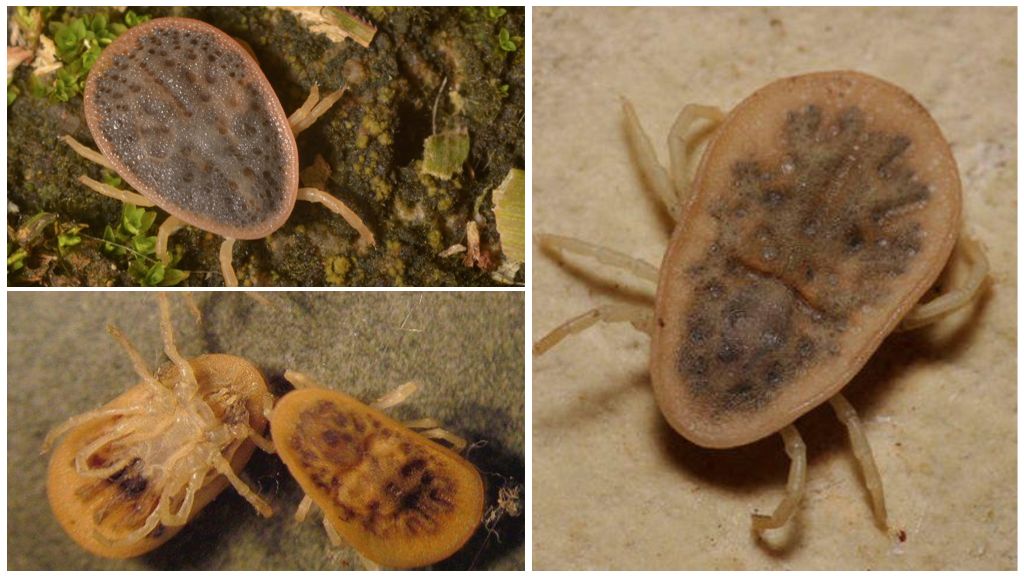
Other representatives of Argas successfully exist in Russia:
- Caucasian. It parasitizes mainly on birds; it attacks a person with a high infection of the house. It lives in Transcaucasia, in the south of Ukraine.
- Persian. Fawn in a hungry state. It parasitizes on birds and prefers a mild climate.
- Conch. The main owner is pigeons. If very hungry, bites a person. But in the latter case, it dies much faster.
- Settlement. One of the most dangerous species for humans. Carries relapsing fever and borreliosis. Can lay eggs already infected with spirochetes.
On a note!
The bites of these ticks, even with a slight toxicity, cause a person to have severe burning sensation and pain.
What is a tick bite dangerous for humans?
Not only local irritation tick bites. This circumstance could be experienced. Arachnids are dangerous not by the composition of the salivary secret, but by those pathogens, which he can transmit along with saliva during nutrition.
The question of whether it is possible to die from a tick bite is very interesting, since people do not die from the bite itself, but from the infection that this arthropod transmits. Immediate death from a tick bite can only occur if the parasite is highly susceptible to saliva. That is, as a result of an allergic reaction.
On a note!
Death as a result of a tick bite is very delayed in time and occurs rarely. You can hardly die from encephalitis tickif treatment was started on time. But the quality of life will fall dramatically, since a complete cure is impossible.
Initial symptoms
The initial signs of diseases transmitted by arachnids are similar to each other and all together are similar to the onset of ordinary flu. At the initial stage of the three most dangerous diseases are always present:
- headache and muscle pain;
- heat;
- nausea with possible vomiting;
- general weakness.
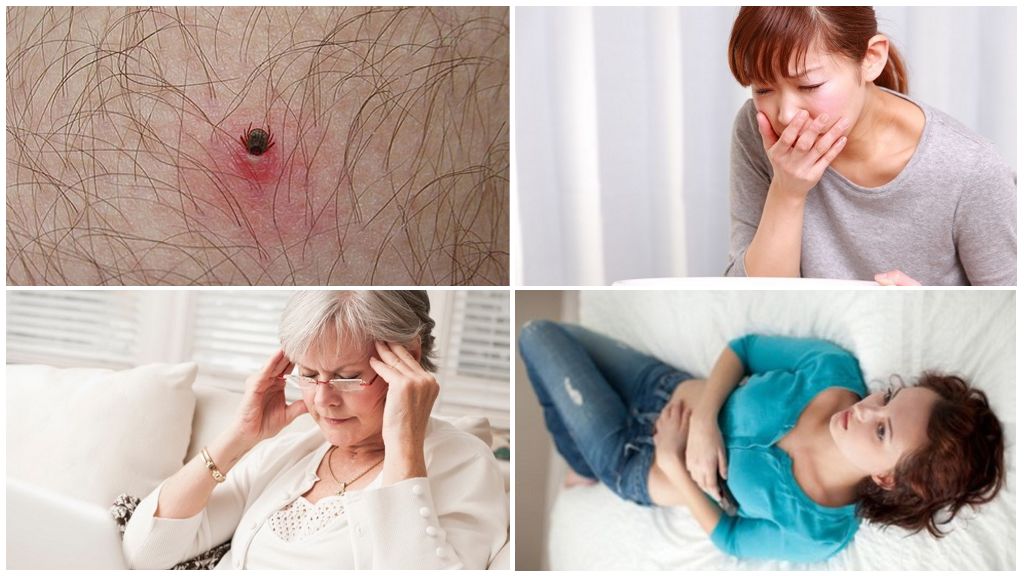
The percentage of incidence as a result of a tick attack is actually not very large, and the incubation period takes at least a week. By that time, a person has time to forget about the arthropod and believes that he contracted the flu. This is the main danger of ticks: late treatment. Moreover, it is still necessary to differentiate encephalitis, ehrlichiosis, borreliosis and flu from each other.
Medium hazard
Not deadly ticks, but very unpleasant in terms of living comfort. These two species are dangerous for humans because one causes scabies, the other allergies.
Itchy itch
A very small creature with a body length of only 0.3 mm. You can recognize its appearance by the onset of itching under the skin. Scabies mite parasitizes in the epidermis, gnawing passages there and laying eggs. It belongs to the order of sarcopiform mites.
Interesting!
Although scientists have not yet found morphological differences between sarcoptoids, each species parasitizes only on its host. In other words, it is impossible to get scabies from a dog or cat, and from another person is very easy.
He comes to healthy people in contact with a sick person or things used by a person suffering from scabies. You cannot see the parasite with the naked eye. The diagnosis is made by a doctor based on laboratory tests of skin scraping.
Ironhead acne
A creature that looks more like a worm but is subcutaneous tick. Size 0.2-0.5 mm. Zheleznitsa does not bite; it needs enough secretions of sebaceous and sweat glands to feed.
It prefers to dwell on the head of a person, causing the appearance of blackheads and inflammation of the glands. Causes blepharoconjunctivitis and glandular blepharitis.

Since iron ore prefers to settle in ciliary follicles, signs appear demodicosis on the eyelids:
- edema;
- hyperemia;
- itching
- skin flakes near the eyelashes;
- sticky eyelashes;
- frequent barley.
Zheleznitsa attacks people with weakened immunity, therefore a healthy lifestyle and hygiene are sufficient preventive measures for it.
Interesting!
Just like sarcoptoid, demodectic mites - highly specialized organisms.
Dust mite
This microscopic organism is completely harmless to humans. The tick feeds on dead skin particles and is present in every house. Waste of his life may be toxic, but only for those who are prone to allergies. A “dust allergy” is actually an allergy to excrement dust mite.
On a note!
Since in severe cases with an allergic reaction anaphylactic shock can occur, this parasite can be attributed to quite dangerous for people. Completely get rid of dust mites impossible. But you can reduce the amount of these arachnids by thoroughly cleaning the dust.
Safe ticks
Are all ticks dangerous to humans? Not. Truly dangerous only the above. The rest can harm or be helpers. One of the most famous pests is a red spider mite that feeds on plant sap. No gardener or floriculturist doubts the dangers of a tick of this species. But this pest is dangerous only for plants. Consequence of the attack spider mites is the death of plants, if timely measures are not taken to destroy this garden pest.
But few people, except for a specialist, will be able to identify a predatory and very useful hay mite, as a tick. Most of all, the haymaker looks like a spider with long legs. By the feet, he got his name. But unlike spiders, hayfields are not poisonous mites and are not dangerous to humans.
The body of the haymaker is small: 1-5 mm. The largest representative of the order Trogulus torosus has 22 mm. But the length of the legs makes them the largest of all ticks. Sometimes the length of the leg reaches 16 mm.
Most hayfields are predators that feed on small invertebrates. The Ischyropsalidae family specializes in land mollusks. The Phalangiidae family is omnivorous and can consume mushrooms, plant foods, feces, carrion and bird droppings.
